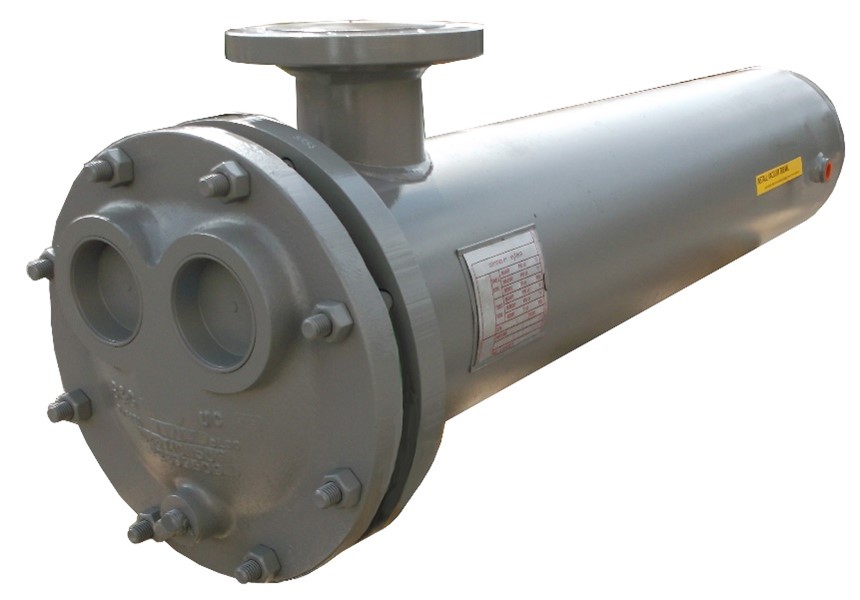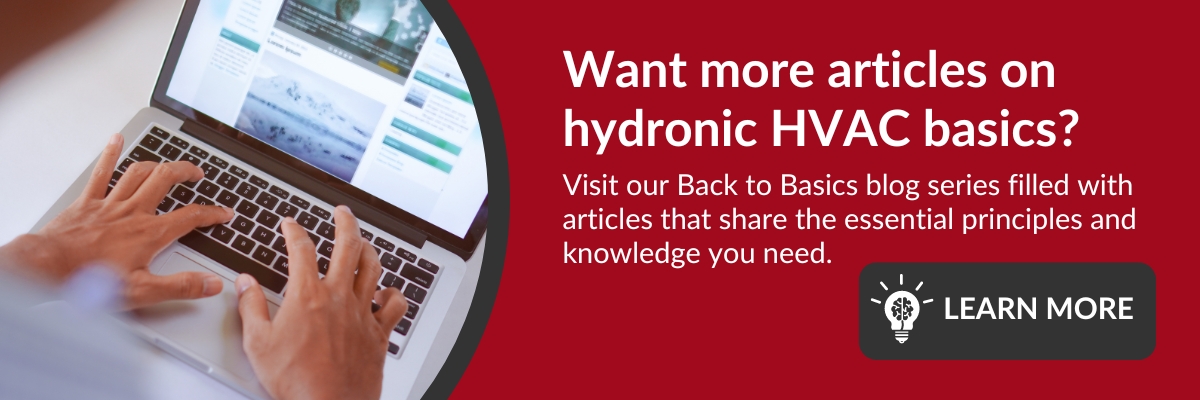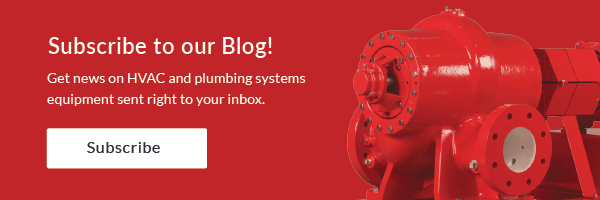The pressure relief valve or pressure safety valve is the last line of defense when a steam or water heating system is in trouble. This piece of equipment is selected by the boiler manufacturer who understands the rules of selection. There are a few times when the engineer or designer is responsible for the selection of this important device. Today, the R. L. Deppmann Company reviews two of the choices.
Steam Pressure Reducing Station Relief Valves
In general, a safety relief valve is required if any component downstream of the steam pressure reducing station cannot manage the maximum pressure possible at the inlet of the station. Always check State and local codes for the regulations governing your selections.
Here are a few items to understand when selecting steam pressure reducing station pressure relief valves. This is not meant to replace codes and code language but is for general knowledge.
- The safety relief valve on a non-fired steam pressure reducing station will be ASME Section VIII with the “UV” stamp. You may use the ASME Section-1, which is for boilers, but it is overkill.
- The safety valve capacity is rated in pounds per hour or PPH. The valve must be selected for the maximum capacity of the reducing valve with the full port or maximum capacity trim. It is not sized on your application capacity but the maximum possible through the valve or parallel valves. The reducing valve capacity for safety calculations must be at the highest pressure possible to the inlet of the station.
- The safety valve pressure setting depends on the downstream pressure setting (DPS) of the valve and the percentage of valve capacity your application is using.
- If the downstream pressure is less than 35 PSIG, and your application flow rate is less than 50% of the capacity of the valve, use the (DPS + 5 PSIG).
- If the downstream pressure is less than 35 PSIG, and your application flow rate is equal to or greater than 50% of the capacity of the valve, use (DPS +10%) + 5 PSIG).
- If the downstream pressure is equal to or greater 36 PSIG, and your application flow rate is less than 50% of the capacity of the valve, use the (DPS + 10 PSIG).
- If the downstream pressure is less than 35 PSIG, and your application flow rate is equal to or greater than 50% of the capacity of the valve, use (DPS +10%) + 10 PSIG).
- Use a drip pan elbow in the installation.
Hydronic Heat Exchanger Relief Valves
Steam to water heat exchangers require a safety relief valve to be installed on the water side between the heat exchanger and the shutoff valve. It cannot be isolated from the heat exchanger. Always check State and local codes for the regulations governing your selections.
Here are a few items to understand when selecting hydronic unfired heat exchanger pressure relief valves. This is not meant to replace codes and code language but is for general knowledge.
- The valve should be ASME section IV stamped for unfired vessels.
- The pressure setting of the relief valve must be equal to or less than the maximum working pressure of the heat exchanger or any item downstream of the heat exchanger. Remember that the B&G ASME pressure relief valves will start to open or “weep” at 90% of the set pressure.
- The maximum pressure used in the expansion tank selection is a good starting point.
- The Bell & Gossett ASME pressure relief valves are available in standard sizes of 30, 45, 50, 75, 100, and 125 PSIG. Other pressures are available with a longer lead time. Click here for more information.
- The capacity in BTUH must be greater than the capacity of the heat exchanger. There are a few thoughts on this.
- Shell and tube heat exchangers are often sized with a fouling factor included. These fouling factors may oversize the exchanger by 25% to 5-% depending on the factor used, So the heat exchanger can exchange more BTUH than the schedule may indicate. Visit Bell & Gossett SU Heat Exchangers – Sleuthing the BTUH Capacity (Part 2) and Shell and Tube Heat Exchanger Fouling Factors for more on fouling factors.
- The heat exchanger cannot pass more BTUH than the steam control valve can pass. If the maximum capacity of the steam control valve is available, use that in the selection of the heat exchanger safety relief valve.
Steam and water boiler safety relief valves are normally the responsibility of the boiler manufacturer. We will not cover those applications today. If you have questions about boiler relief valves, feel free to call R. L. Deppmann or your local representative for assistance.



